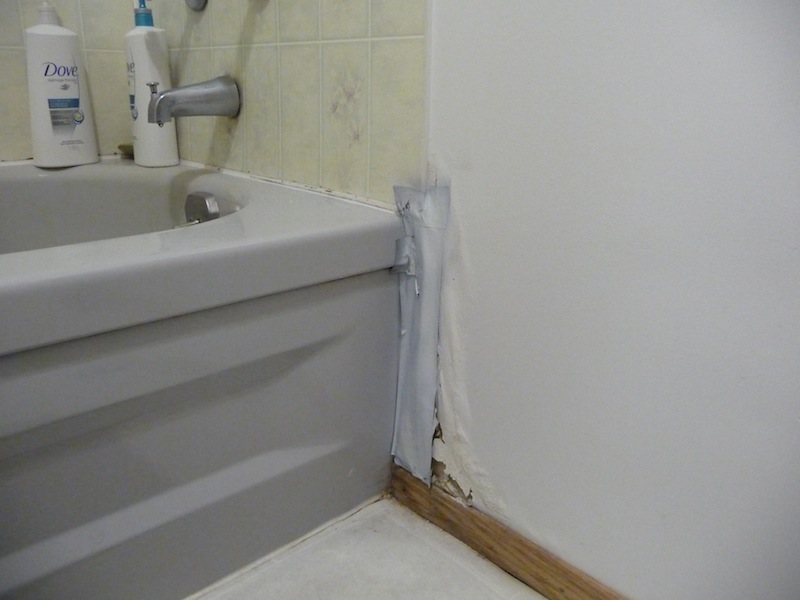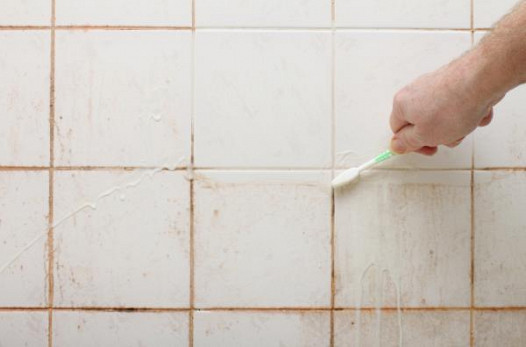Searching for Indications of Water Damage in the Bathroom
Searching for Indications of Water Damage in the Bathroom
Blog Article
Do you find yourself hunting for info around How to Prevent Bathroom Water Damage?

The shower room is incredibly susceptible for damp buildup and potential water damages as a result of the constant use water in it. This short article uses straightforward examination techniques to aid detecting water damage risks.
The frequent use of water in the restroom makes it very prone for wet buildup and also possible water damage. By examining it routinely, you can reduce water associated problems.
The complying with collection of examinations is easy to perform and also should be done as soon as in every three months in order to keep your bathroom healthy and to prevent potential water damages brought on by the bath tub, the shower, pipeline joints and also plumbing, sinks, closets, and also the commode
Do not overlook doing these evaluations and also be detailed while performing them. Keep in mind that these simple examinations can save you a great deal of cash by giving very early signs for water damages
Tub and Shower
The shower and bath tub call for unique interest and upkeep. Examine the floor tiles as well as replace if cracked. Make certain that there is no missing out on cement in between the tiles. Evaluate and also change broken caulking at joints where the walls meet the flooring or the bath tub. Blocked drains as well as pipelines issues will avoid the bath tub from drying and might show serious problems below the bathtub. Consult with a professional instantly to stop structural damage. Focus on discolorations or soft locations around the tub wall surfaces as they may suggest an internal leakage.
Plumbing
Signs for water damage are tough to spot considering that many pipelines are installed inside the wall surfaces.
Pay special focus to flooring and wall surfaces moisture as well as discolorations as they may indicate an unseen plumbing problem. Examine wetness degrees in adjacent rooms too.
Sinks and also Cabinets
Sinks as well as cabinets are subjected to dampness and moisture day-to-day as well as are usually ignored. Evaluate frequently under the sink and also on the countertop above it. Repair any type of drip in the catch as it might suggest drain issues. Look around the sink, slow draining pipes might indicate a blocked drainpipe. Change sink seals if they are cracked or loose.
The Commode
The toilet is a susceptible water joint. Check the water lines as well as look for leakages around the toilet seat, in the hose pipe, and also under the water tank. If you discover any indications of dampness on the flooring around the toilet, check for leakages in the toilet edge and also tank seals.
Be aware that hanging bathroom bowl antiperspirants raises the chances for blockages.
Water Damage Signs In The Bathroom To Avoid Cleanup
Musty smell
This is one of the easiest signs to catch because musty smells are so odorous. The damp, earthy, moldy smell should be a big red flag. The smell will develop when moisture gets trapped in surfaces, and begins to facilitate mold growth. Leaking pipes under cabinets, inside walls, and behind shower fixtures will cause moisture to stay trapped and not dry, which will lead to mold growth and spread. As soon as you notice any musty smells in your bathroom, have it checked for hidden water damage and cleanup signs.
Visible mold
If the smell isn’t there to give it away, sometimes you will actually see mold growth. Finding mold in your bathroom is a serious problem, because mold is very harmful to your health. By the time mold growth is visible, it also means that water damage has already occurred and been present for some time. The only way the mold problem can be resolved is to find the source of the moisture and get it stopped. To safely and adequately remove mold, you need to have professionals handle the remediation. Do not waste any time in getting mold problems addressed, fixed, and sanitized so that you can protect you and your family from the many respiratory symptoms caused by mold exposure.
Damaged floors
Bathroom floors should be able to withstand some exposure to water while still remaining in good condition. However, when excess exposure or water leaks occur, they will begin to damage even the most water-resistant flooring. If you notice any cracking, bubbling, staining, or warping on your bathroom floors, there is probably a water leak somewhere causing the distortion. If you notice areas of the floor have become softer, or even have a spongy feeling, there is probably damage to the subfloor. Subflooring is typically made up of plywood. When plywood is exposed to water or moisture, it will absorb it. Once it has become saturated, the weight of the excess water will cause the wood to swell and soften. Check the floors in your bathroom frequently to catch any of these sings before they lead to damaged subflooring.
Changes on walls
When water leaks behind walls, it will cause changes in the drywall. Peeling plaster, blistering paint, and soggy wallpaper are all good indicators that excess water is building up behind the wall. Water leaking behind drywall will cause it to swell and be soft to the tough. If you start to notice gaps along the trim of your walls, or where tile meets the wall, it could also be a strong indicator that there is a leak behind the wall. Any changes, distortion, or damage on the walls should be evaluated as soon as you notice it to prevent further water damage and cleanup.

I stumbled upon that piece about How to Repair and Prevent Bathroom Water Damage while doing a search on the search engines. You should set aside a second to promote this post if you liked it. We take joy in reading our article about Common Causes of Water Damage in a Bathroom.
Check Us Out Report this page